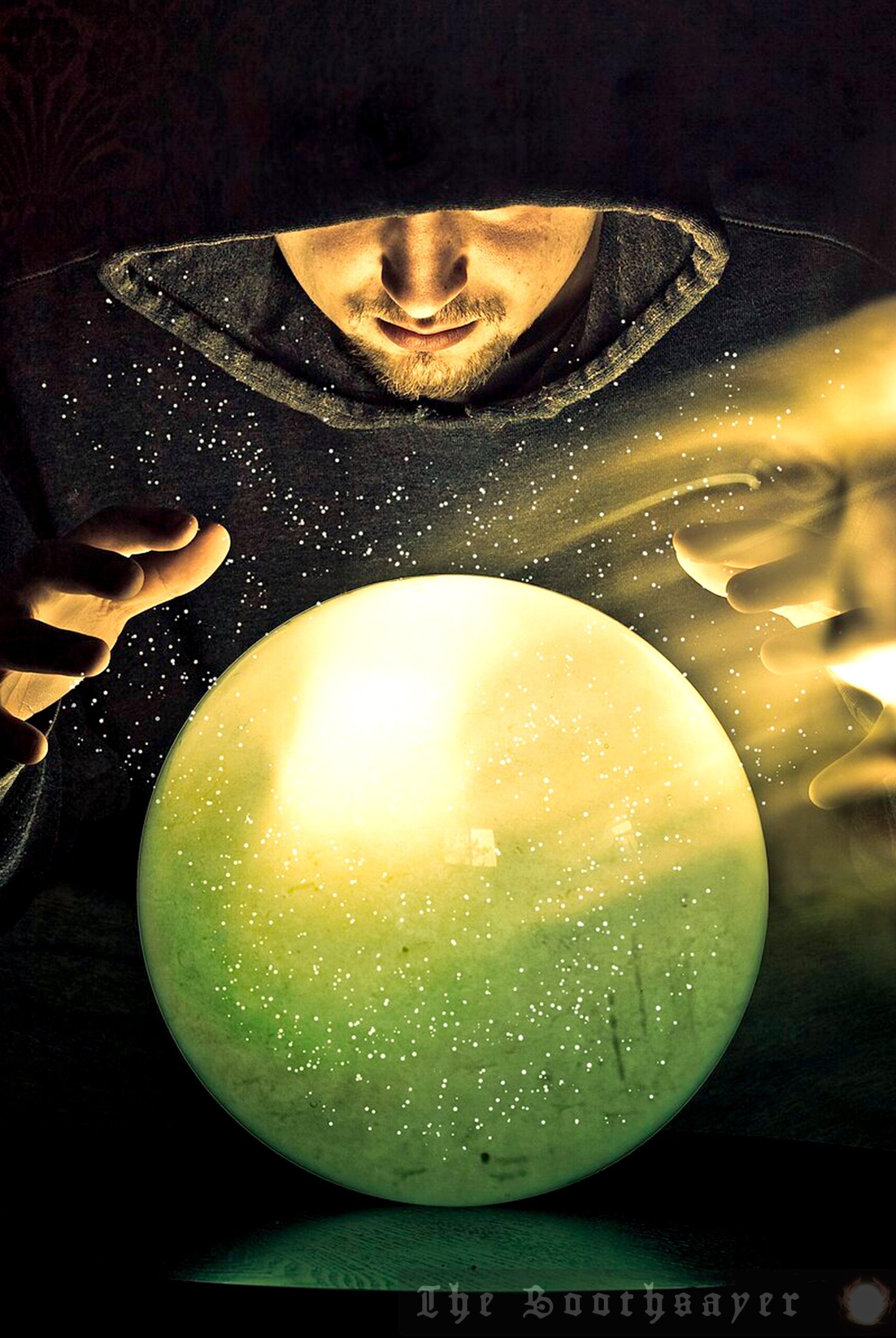
Unlocking Dark Matter: Axion Clouds Around Neutron Stars Hold Promise
- Forecast for 6 months: Within the next six months, scientists will begin conducting experiments to detect the predicted radio signals from axion clouds around neutron stars. This will involve optimizing the settings of large radio telescopes such as LOFAR, the Murchison Widefield Array, and the Green Bank Telescope.
- Forecast for 1 year: By the end of the year, researchers will have collected and analyzed data from these experiments, potentially leading to the first-ever detection of axion signals. This would be a major breakthrough in the field of dark matter research and could pave the way for further studies.
- Forecast for 5 years: Within the next five years, scientists will have a better understanding of the properties of axions and their role in the universe. This could lead to the development of new technologies and instruments designed to detect and study axions, potentially revealing more about the nature of dark matter.
- Forecast for 10 years: By the end of the decade, researchers may have made significant progress in understanding the origins of dark matter, potentially leading to a major shift in our understanding of the universe. This could also lead to new areas of research and applications in fields such as astrophysics, cosmology, and particle physics.
Tags: development, discovery, research, technologies



